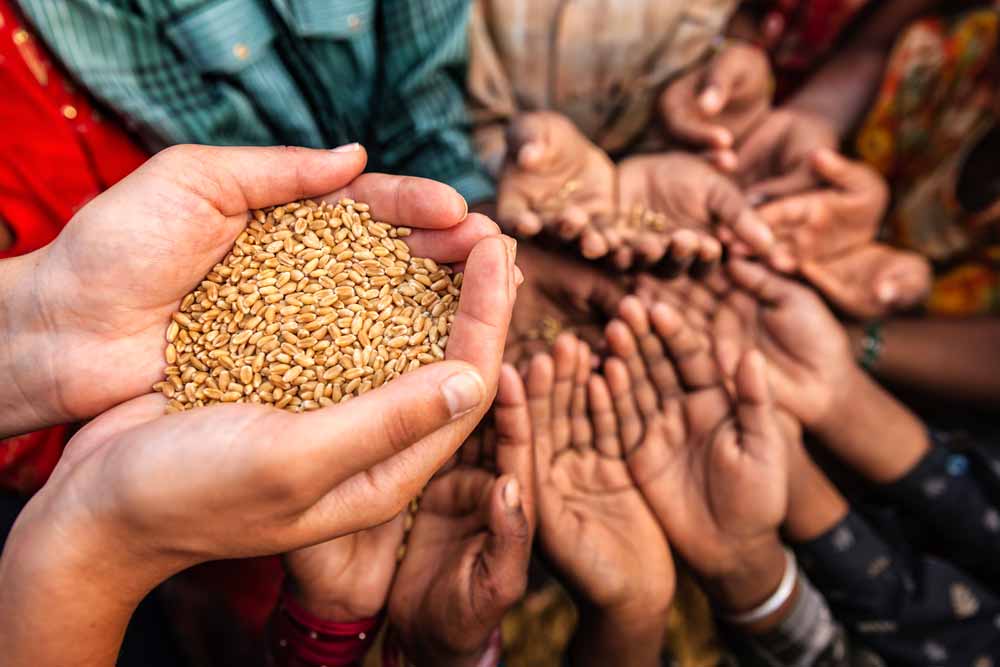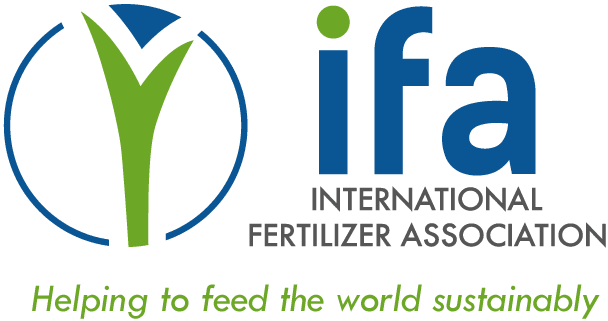The Potential of Fertilizers to Further Reduce Hidden Hunger in Low- and Middle-Income Countries (LMICs)
Written by Dr. Howarth Bouis, HarvestPlus Director and 2016 World Food Prize Laureate and, Dr. Ismail Cakmak, Sabanci University Professor and HarvestZinc project coordinator.
The problem of mineral and vitamin deficiencies in LMICs
An estimated 2 billion people living in the developing world today suffer from the effects of micronutrient malnutrition. This hidden hunger is a major public health problem as not getting enough essential minerals limits disease resistance, increases mortality, compromises cognitive development, stunts growth, and lowers work productivity.
Currently, the most widespread and severe micronutrient deficiencies are of iron, zinc, iodine, and vitamin A, while deficiencies of folates and selenium are also a growing concern. Due to their higher requirements, preschool children, adolescent women and generally women of reproductive age are most vulnerable. An estimated 1.24 billion people are affected by iron deficiency anemia which leads to impairment of cognitive function in pre-school children, while an additional 1.2 billion people are at risk of zinc deficiency, with 116,000 deaths among pre-school children attributed to zinc deficiency due to weakened immune systems.
Micronutrient malnutrition is also very costly. Global losses in economic productivity due to macronutrient and micronutrient deficiencies are estimated to cost between US$1.4 and 2.1 trillion per year. Although cost-effective, programs to address micronutrient deficiencies involve recurrent expenditures. For example, over the past twenty years $10-15 billion has been spent to distribute ten billion vitamin-A capsules to preschool children, which has reduced preschool mortality by an estimated 23 percent for those who received them.

How fertilizers currently improve nutrients delivered by food systems
Agricultural systems in developing countries are clearly not providing sufficient minerals and vitamins for optimal nutrition and health. In recent years, however, nutrition sensitive agriculture is becoming an important strategy to produce nutritious foods and achieve impactful nutritional outcomes for human health, with fertilizers as a key component.
By very significantly increasing agricultural productivity, the use of mineral fertilizers globally has kept food prices much lower than they would otherwise have been. Consequently, the poor in LMICs have been better able to afford better diets (although still insufficient) than if there was a very low application of fertilizers.
Applying fertilizers have direct impacts on the micronutrient content of crops. Improving nitrogen nutrition helps plants to allocate more zinc and iron from leaves and stems into grains during the reproductive growth stage. Research shows a very close positive relationship between grain concentrations of zinc and iron and grain protein concentrations. Thus, synergies have been shown for applying nitrogen fertilizers to biofortified crops, which increases even further the trace mineral density of biofortified crops which are already relatively nutritious.

The potential additional direct benefits of micronutrient fertilizers
Studies have found that adding zinc and sulphur to compound fertilizers significantly improved the grain yields of wheat and rice in long-term field trials. Using fertilizers enriched with zinc and sulphur can therefore help farmers to achieve greater yields.
Moreover, evidence from field trials established under the HarvestZinc project and by other research groups, shows that applying micronutrient fertilizers further increases the nutrient density in seeds. In addition, foliar (leaf) applications of zinc and other micronutrients such as iodine, iron and selenium can have a high and rapid impact on concentrations in food crops such as wheat.
The results show that maintaining a high pool of micronutrients in the leaf tissue during the reproductive growth stage (for example through foliar spray or soil applications of micronutrient-fertilizers) is an essential step in achieving desirable concentrations of micronutrients in grain for human nutrition.
The health benefits of agronomically biofortified zinc-wheat have already been demonstrated in a published nutrition efficacy trial undertaken in India. In the treatment group, mother-child pairs were fed typical recipes made from high zinc wheat, and in the control group, mother-child pairs were fed the same foods made from wheat without agronomic biofortification. Mothers and their preschool child in the treatment group had significantly lower morbidity (fewer days of fever for mothers and fewer days of pneumonia and vomiting for children) than mothers and their preschool child in the control group.
This important knowledge on the current and future potential benefits of fertilizers is under-recognized and underutilized in international programs aimed at improving human micronutrient malnutrition.
Conclusion
Good health and adequate nutrition are closely inter-related. Inadequate mineral and vitamin intakes are a major public health problem in LMICs. As the current Corona Virus situation amply demonstrates, in an increasingly inter-linked global economy it is at our own peril that we ignore public health crises in any part of the world.
There is evidence that NPK fertilizers have contributed significantly to current mineral and vitamin intakes. However, these positive impacts should be modelled and quantified. Furthermore, commercial activities undertaken by the fertilizer industry can contribute even more significantly to reducing hidden hunger by adding micronutrients to fertilizers commonly applied to soil and foliar fertilizer sprays.
As a highly impactful actor in global agriculture and food systems and responsible stewards of public welfare, there are compelling reasons for the fertilizer industry to support activities to better quantify how fertilizer policies can contribute to reducing mineral and vitamin deficiencies in LMICs and undertake steps to advocate for implementing these fertilizer policies.
Further Readings:
Bouis, H. E.; Saltzman, A. Improving nutrition through biofortification: a review of evidence from HarvestPlus, 2003 through 2016. Global Food Secur. 2017, 12, 49−58.
Cakmak, I.; Kutman, U. B. Agronomic biofortification of cereals with zinc: a review. Eur. J. Soil Sci. 2018, 69, 172−18.
Zou, C.; Du, Y.; Rashid, A.; Ram, H.; Savasli, E.; Pieterse, P. J.; Ortiz-Monasterio, I.; Yazici, A.; Kaur, C.; Mahmood, K.; Singh, S.; Le Roux, M.; Kuang, W.; Onder, O.; Kalayci, M.; Cakmak, I. Simultaneous biofortification of wheat with zinc, iodine, selenium and iron through foliar treatment of a micronutrient cocktail in six countries. J. Agric. Food Chem. 2019, 67, 8096−8106.

